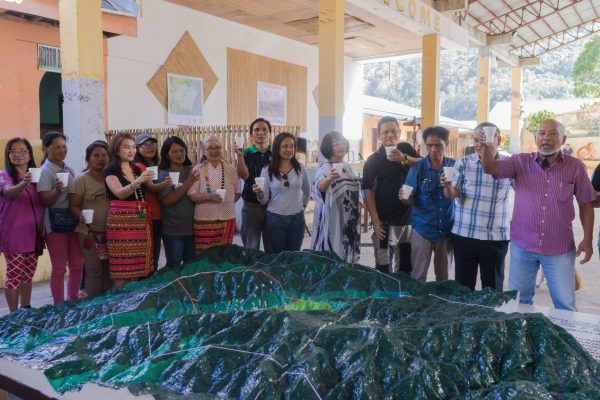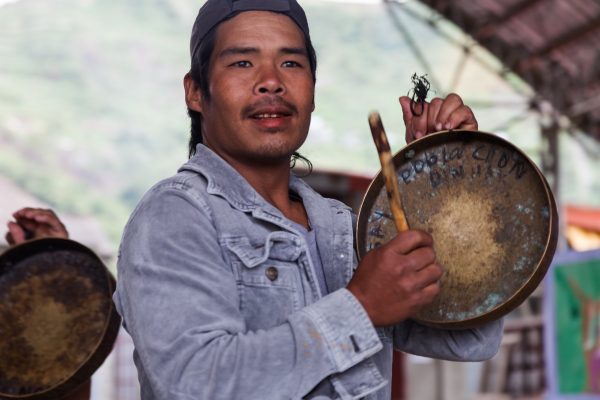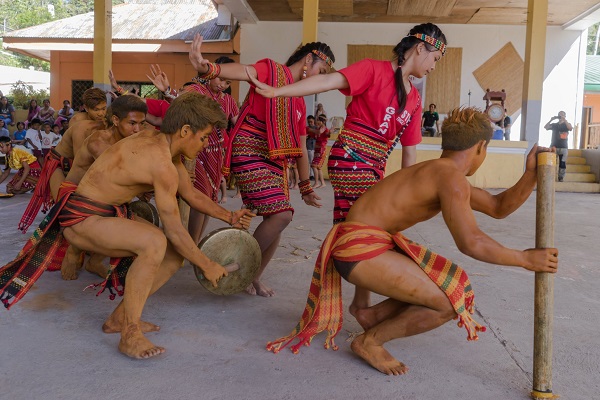First published on 02/25/2019, and last updated on 03/02/2019
By Garie Rigor, Philippine ICCA Project, UNDP, DENR-BMB
As part of the global goal of biodiversity and cultural conservation, five indigenous peoples’s (IP) communities in the Philippines recently “declared” their indigenous communities conserved territories and areas (ICCAs):
- Ikalahan/ Kalanguya IPs of Nueva Vizcaya, Nueva Ecija, and Pangasinan provinces
- Magbukun Ayta IPs of Kanawan, Morong, Bataan
- Tongrayan IPs of Tinglayan, Kalinga
- Agusan Manobo of Esperanza, Agusan Del Sur
- Kalanguya IPs of Tinoc, Ifugao
The five IP groups are part of the ten ICCA communities supported by the Philippine ICCA Project.
The “ICCA Declaration” is part of the IP communities’ bid to protect important cultural and biological sites within their ancestral domains from destruction and degradation by designating them as ICCAs. This concept and modality, known as ICCA, is one of the other effective area-based conservation measures (OECM) promoted by the International Union for Conservation of Nature (IUCN) as an addition to the protected area (PA) system.
The five sites cover an area of 62,462 hectares, representing 53% of the total number of hectares that the ICCA Project aims to have recognized in the national PA system. Five other sites are also slated for ICCA declarations in the first quarter of 2019.
The Declaration is a culmination of more than a year of documentation-related activities, including boundary delineation, 3D and digital mapping, resource inventory, and documentation of indigenous knowledge, systems, and practices (IKSP).
After the declaration, the IP communities will register their conserved area in the global ICCA Registry hosted by the UN Environment World Conservation Monitoring Centre (UNEP-WCMC) in Cambridge, United Kingdom. The newly admitted ICCAs will also be registered at the National ICCA Registry upon its launch in 2019.
The above-mentioned activities are made possible through the assistance of the Philippine ICCA Project and its civil society partner in the region. Implemented by the DENR-Biodiversity Management Bureau (BMB) and funded by the Global Environment Facility (GEF) and UNDP, the Philippine ICCA Project aims to strengthen the conservation, protection, and management of biodiversity sites in the Philippines by officially recognizing ICCAs as sustainable additions to the national PA system.
Follow Philippines ICCA Project on Facebook, and found out more about Imugan, in Sta. Fe, Nueva Vizcaya, with this video:

The Tongrayan Indigenous Peoples (IPs) of Tinglayan, Kalinga declared over 2,700 hectares of land in Mt. Taungay, popularly known as the Sleeping Beauty, as Indigenous Communities Conserved Territories and Areas (ICCAs) on Wednesday, November 27, 2018. (c) Orange Omengan

The Kalanguya ICCs/ IPs of Tinoc, Ifugao declared their ICCA last January 31, 2019. Their ICCA, named “Pangipeptek ni Bel-ew Ingeh ni Impahding Idan Emmed Tayo,” covers 4,629.16 hectares. (c) Philippines ICCA Project


